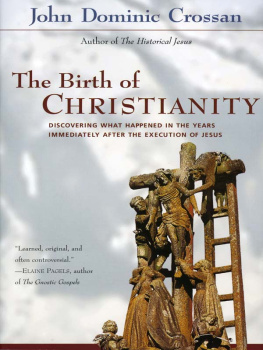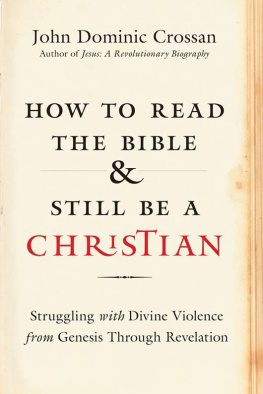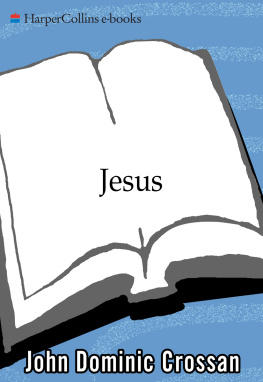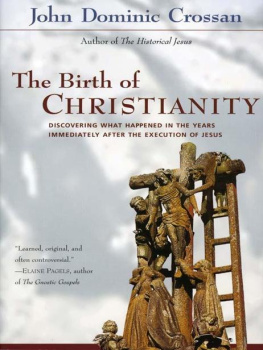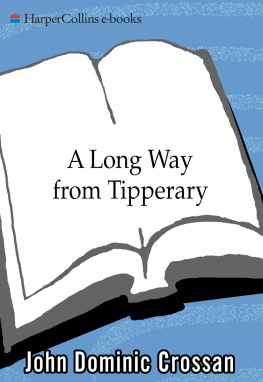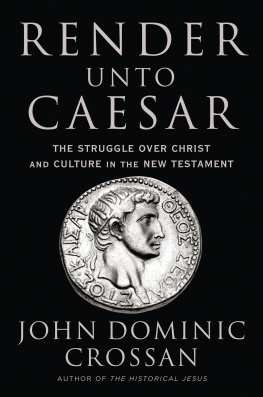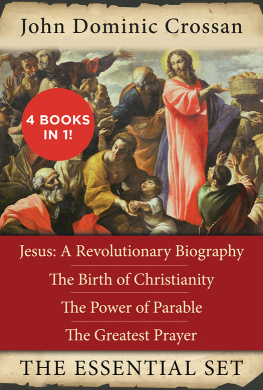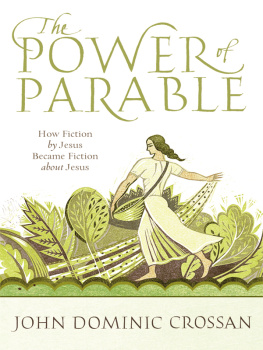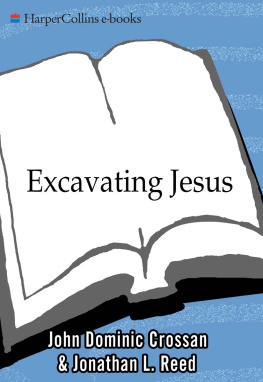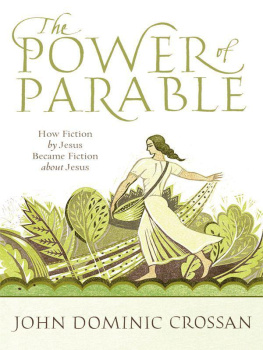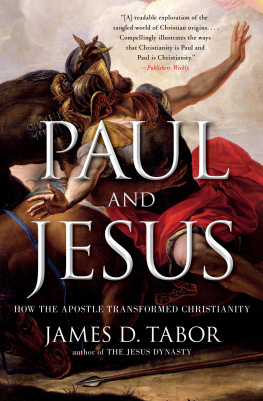The Lost Years
If they do not listen to Moses and the prophets, neither will they be convinced even if someone rises from the dead.
Luke 16:31
This book is about the lost years of earliest Christianity, about the 30s and 40s of the first century, about those dark decades immediately after the execution of Jesus. Those years are cloaked in a silence similar to that shrouding Jesus own early life. Where did Jesus go, it is sometimes asked, in those decades before he emerged to public life as a follower of John the Baptist? He went, it is sometimes answered, to India and learned wisdom. I no more believe that story than that he went to Ireland and learned Gaelic. Be that as it may, there is, for earliest Jesus and earliest Christianity, a parallel period of empty years and darkened decades. But it is more surprising to have such lost years for a social movement than for an individual person. It is not at all unusual that the ancient record of a personal life should begin at full maturity. The emperor Augustus, who died on August 19 of 14 C.E. , left his autobiography to be inscribed on bronze tablets in front of his mausoleum in Rome. That story began with the words at the age of nineteen. Neither does Luke 2:4647 pierce the lost years of Jesus with any historical information. At the age of twelve, Jesus was found by his parents in the temple, sitting among the teachers, listening to them and asking them questions. And all who heard him were amazed at his understanding and his answers. Josephus records a similar precocious situation for himself in his Life 9: While still a mere boy, about fourteen years old, I won universal applause for my love of letters; inasmuch that the chief priests and the leading men of the city used constantly to come to me for precise information on some particular in our ordinances.
But how does it happen that the early years of Christianity are so shrouded in silence? The obscurity of the 30s and 40s can be emphasized by the comparative brilliancy of the 50s. For that later decade we have the letters of the apostle Paul. From them we know about Christian communities in four Roman provinces, Galatia and Asia in central and western Turkey, and Macedonia and Achaia in northern and southern Greece. From them we learn about urban churches in Philippi, Thessalonica, and Ephesus. From them, with sociological analysis wedded to theological exegesis, we can almost fill a small library on the personalities and problems of the Corinthian congregation alone. From them we catch glimpses of past events in the 30s and 40s at Damascus, Antioch, and Jerusalem. From them we catch glimpses of future plans for the 60s in Italy and Spain. From them, above all else, we receive the temptation to gloss speedily over the 30s or 40s and move swiftly to those better-documented 50s. This book intends to resist that temptation and to ask instead these questions: What forms of Christianity were present in the 30s for Paul the persecutor, before he became Paul the apostle, to persecute? What forms of Christianity were present before Paul, without Paul, and even if Paul had never existed?
There is an obvious objection. Do we not have precious information in what we call the Acts of the Apostles about those lost years of the 30s and 40s? We do indeed, but with several difficulties. First, it is hard, without independent vectors, to separate history from theology and tradition from redaction in that writing. Second, Luke gives us a very general picture. It is like a summary of 19441945 asserting that the Allies landed on the beaches of Normandy and pushed eastward to Berlin. That is absolutely true, butapart from omitting details such as Bastogneit says nothing about the Russians pushing westward toward the same destination. It describes the past in a way that renders the future incomprehensible. Lukes Acts of the Apostles moves Christianity on the westward Jerusalem-to-Rome axis with nothing said about northward Syriac or southward Coptic Christianity. Third, you would know from that text about Christianity in Jerusalem, but you would know nothing about Christianity in Galilee. In fact, when you put together Luke and Paul on the 30s and 40s, you would conclude that Christianity operated exclusively from Jerusalem. This book intends to give equal attention to Christianity in both Galilee and Jerusalem. It also refuses to replace the old ascendancy of Jerusalem with a new one of Galilee. Both , then, not either .
There are no documents from those 30s and 40s dated as Pauls letters are to the 50s. How, then, is reconstruction possible or anything new worth saying about those decades? It is a question of new method and new material. My new method is an interdisciplinary combination of anthropological, historical, archeological, and literary disciplines. It establishes the sharpest possible context before any Christian text is studied within that matrix. My new material is obtained from the earlier strata or larger sources of Christian texts we already have available to us. It is especially significant where two independent early Christian texts share common traditions that must, therefore, be earlier than either of them. But no matter what sources or texts I am using, they are always used to illumine the Christianity of the 30s and 40s in the Jewish homeland. That is what this book is about.
My title is The Birth of Christianity , and that requires two explanations. First, about the word birth . Conceptions are usually more private and hidden than births. Christianitys conception was the kingdom-of-God movement as Jesus and his first companions lived in radical but nonviolent resistance to Herod Antipass urban development and Romes rural commercialism in Lower Galilee of the late 20s. Christianitys birth was in that movements continuation as those same companions wrestled not only to imitate Jesus life but also to understand Jesus death. This book is about that birth. It presumes conception but does not go on to growth or maturity. Birth, in other words, is the 30s and the 40s. Now about the word Christianity . If you can hear that term only as a religion separate from or even inimical to Judaism, you are not hearing it as intended in this book. I use Christianity to mean Christian Judaism, just as I use Essenism, Pharisaism , or Sadduceeism to mean Essene Judaism, Pharisaic Judaism, or Sadduceean Judaism. They are all divergent, competing, and mutually hostile options within the Jewish homeland as it struggled to withstand Greek cultural internationalism and Roman military imperialism. What was Christian Judaism before Paul and without Paul?
I conclude with Luke 24:1333, which summarizes in a single paragraph what it will take me a whole book to develop. Two Christians travel from Jerusalem to Emmaus on Easter Sunday. One is named and male; his companion, unnamed, is presumably female, given the protocols of Mediterranean patriarchy. The risen Jesus joins them on their journey. But the road to Emmaus is not the road to Damascus. This is an apparition without blinding light or heavenly voice. This is a vision without slow demonstration or immediate recognition. Even when Jesus explains the scriptures about the suffering and glorification of the Messiah, the travelers do not know who he is. But then they invite the stranger to stay and eat with them. He does not invite them. They invite him .
As they came near the village to which they were going, he walked ahead as if he were going on. But they urged him strongly, saying, Stay with us, because it is almost evening and the day is now nearly over. So he went in to stay with them. (Luke 24:2829)

